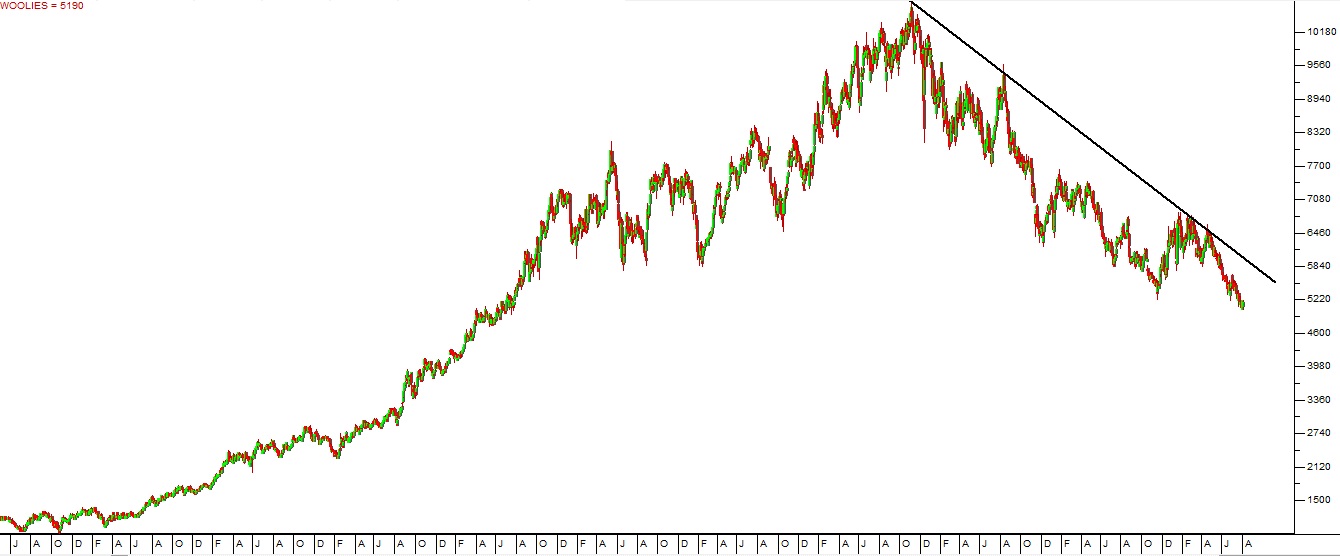Woolies Risk and Gearing
6 August 2018 By PDSNET
This is exactly what has happened to Woolworths. Everyone in South Africa knows about Woolworths. We value them as a supplier of very high quality food and sometimes we buy clothes or household items from them. For years they have been the retailing benchmark in this country - the supermarket against which all other supermarkets were measured. Their superior quality and customer experience enabled them to command a small but noticeable price premium.
And they were blue chip. As an investment, their finances were conservatively run and overwhelmingly sound. And this business philosophy was built and sustained by Ian Moir – CEO of Woolworths from 2010. Everything was going very smoothly until 2014 – and then the Woolies board took the fateful decision to buy a struggling Australian department store chain called Country Road. This cost them AU$2,1bn – which was a stretch for the Woolworths balance sheet but manageable – provided they could turn Country Road around and make it profitable. They took an enormous risk with the idea of catapulting themselves into the international retail arena.
At first, investors were inclined to give Ian Moir and his team the benefit of the doubt. After all, Moir had experience and an excellent track record. If anyone could make a success out of Country Road it had to be him – despite the fact that most South African companies that have tried to enter the Australian market over the years have failed. But then the bad news began to trickle through and investors began to lose their nerve. This can clearly be seen in the chart:
